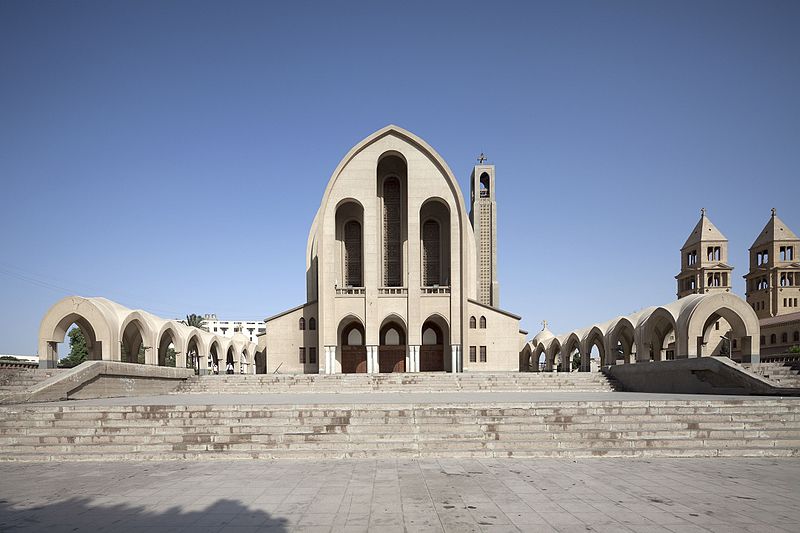Writing a report of his time as a missionary in Egypt, Andrew Watson had this to say about Egypt’s Christians: “In general, the Copts are a simple-minded, devout, religious people, with great reverence for the Scriptures.”[1] The stated goal of this nineteenth-century mission had been to convert Muslims to Christianity, so it is striking that Watson and his fellow American Presbyterians wound up attempting to convert the Coptic Orthodox to Protestantism. Their attempts to convert the Coptic Orthodox contrast sharply with the attitudes of the English Protestant missionaries who preceded them. [2]
Login to read more
Sign in or create a free account to access Subscriber-only content.
Topics:
